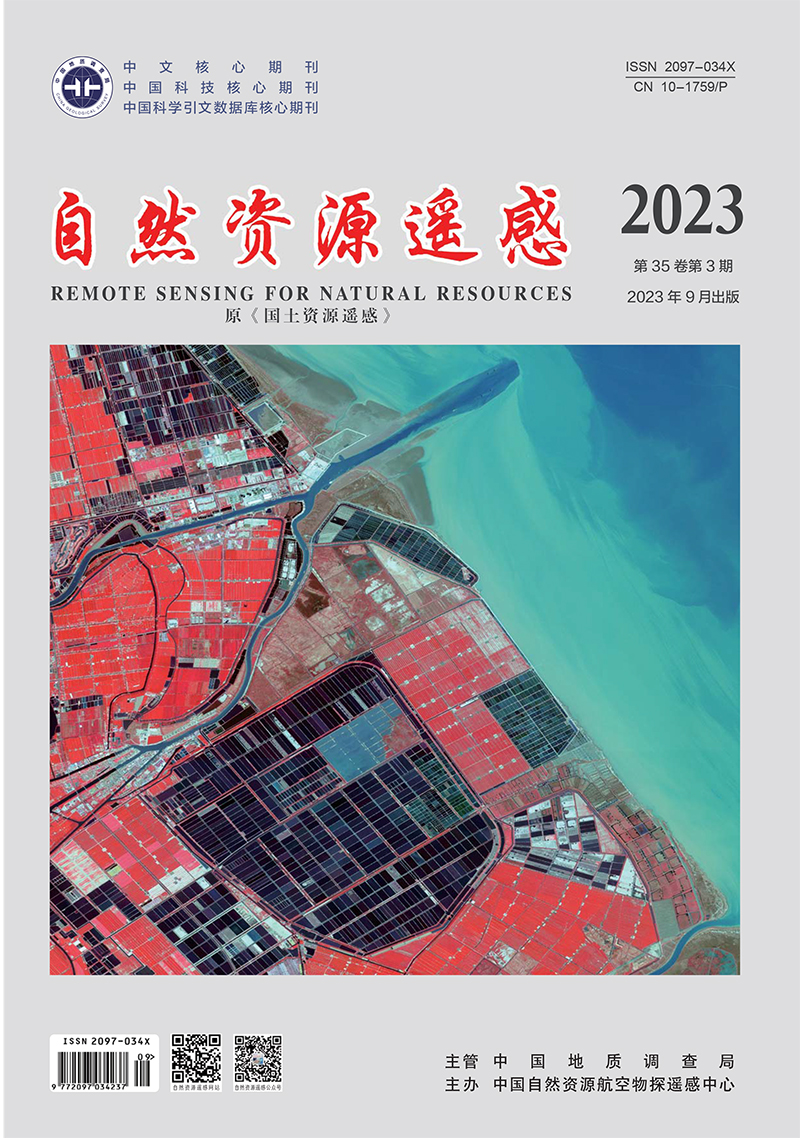CHEN Kai, WANG Chun, DAI Wen, SHENG Yehua, LIU Aili, TANG Guoan. 2023. Factors influencing the terrain modeling accuracy of UAV photogrammetry based on Monte Carlo tests of control points. Remote Sensing for Natural Resources, 35(3): 107-115. doi: 10.6046/zrzyyg.2022300
| Citation: |
CHEN Kai, WANG Chun, DAI Wen, SHENG Yehua, LIU Aili, TANG Guoan. 2023. Factors influencing the terrain modeling accuracy of UAV photogrammetry based on Monte Carlo tests of control points. Remote Sensing for Natural Resources, 35(3): 107-115. doi: 10.6046/zrzyyg.2022300
|
Factors influencing the terrain modeling accuracy of UAV photogrammetry based on Monte Carlo tests of control points
-
CHEN Kai1,2,
-
WANG Chun 1,2,3, ,
-
DAI Wen 1,
-
SHENG Yehua4,5,
-
LIU Aili1,
-
TANG Guoan4,5
-
1. School of Geographical Sciences, Nanjing University of Information Science and Technology, Nanjing 210044, China
-
;2. School of Geographic Information and Tourism, Chuzhou University, Chuzhou 239000, China
-
;3. Anhui Province Key Laboratory of Physical Geographic Environment, Chuzhou 239000, China
-
;4. School of Geography, Nanjing Normal University, Nanjing 210023, China
-
;5. Key Laboratory of Virtual Geographic Environment, Ministry of Education, Nanjing Normal University, Nanjing 210023, China
More Information
-
Corresponding author:
WANG Chun
-
Abstract
Consumer-grade unmanned aerial vehicles (UAVs) each have a single camera and high lens distortion. The accuracy of terrain modeling using UAVs is influenced by route design and control surveys. By designing different data collection schemes and Monte Carlo tests, this study investigated the influence of the camera’s tilt angle, flight height, and the number of ground control points (GCPs) on terrain modeling accuracy in three small river basins on the Loess Plateau. The results are as follows: ① Before the processing of UAV photogrammetry data, it is necessary to analyze the quality of GCPs through Monte Carlo tests to eliminate GCP errors. ② The effects of the tilt angles of cameras include: in the case of no available GCPs, tilt photogrammetry with tilt angles of cameras can both improve the overall accuracy of the sampling area and optimize the spatial distribution of errors, with these advantages related to the optimization of the camera distortion model; in the case of available GCPs, the camera tilt angle has minor influence on elevation accuracy but affects the saturation number of GCPs. Compared with vertical photogrammetry, tilt photogrammetry requires slightly more GCPs to achieve the optimal accuracy. ③ The effects of the flight height include: in the case of no available GCPs, tilt photogrammetry can reduce the sensitivity of elevation accuracy to flight height; in the case of available GCPs, flight heights of 60~160 m have no significant influence on elevation accuracy, and the change in flight height does not affect the saturation number of GCPs.
-

-
-
Access History







 DownLoad:
DownLoad: